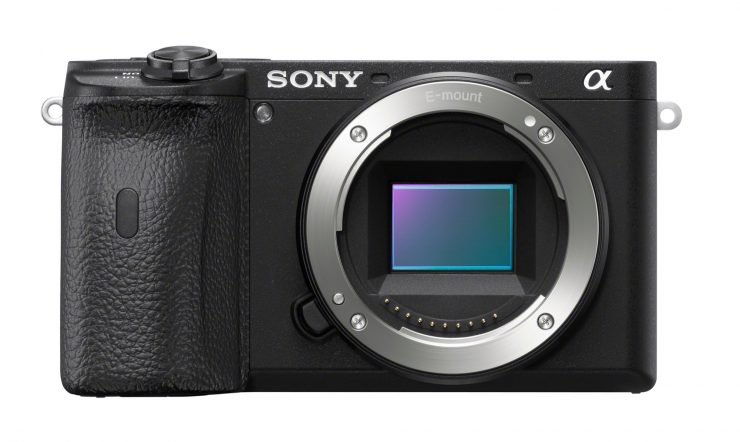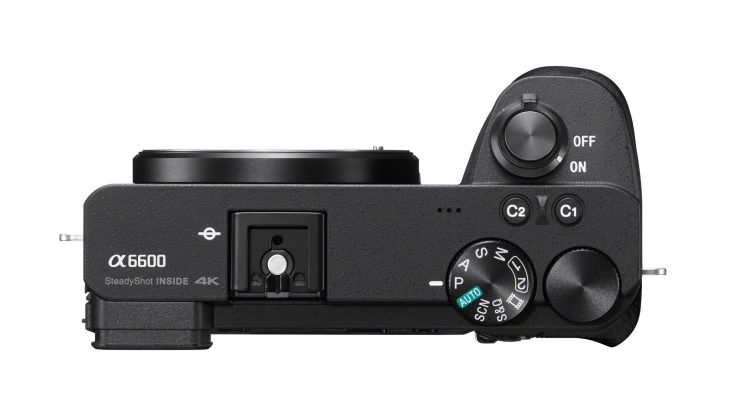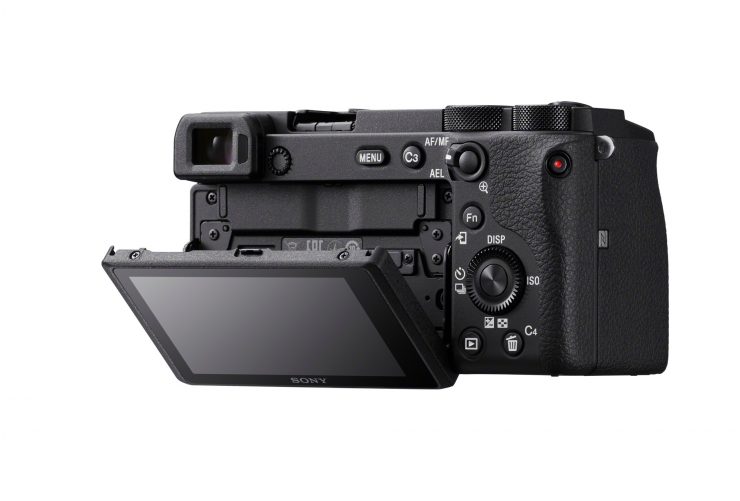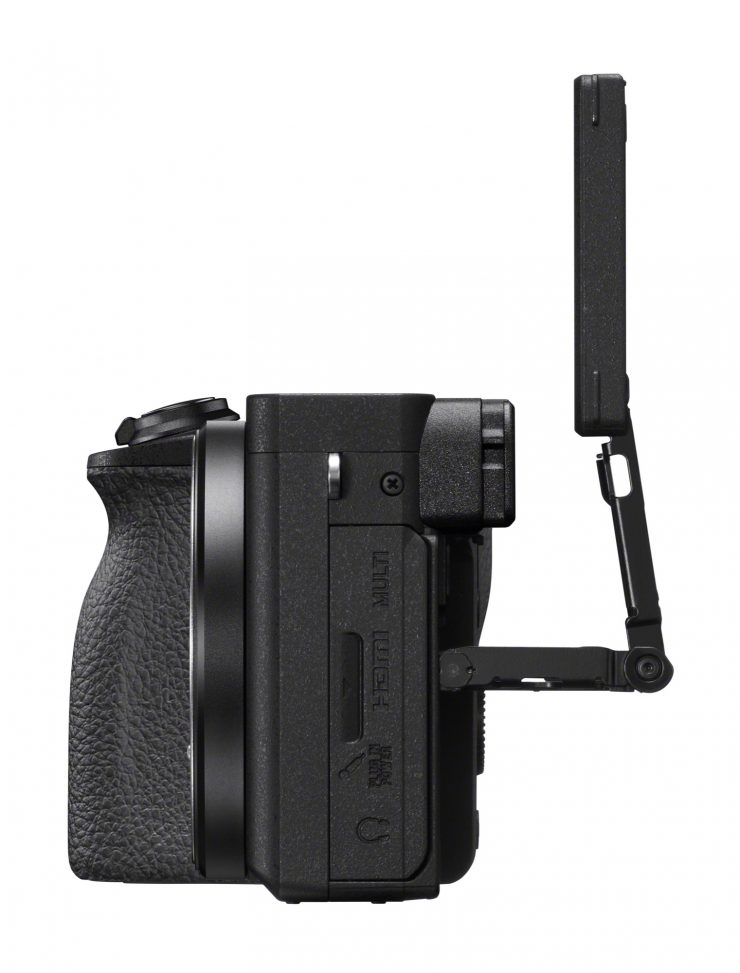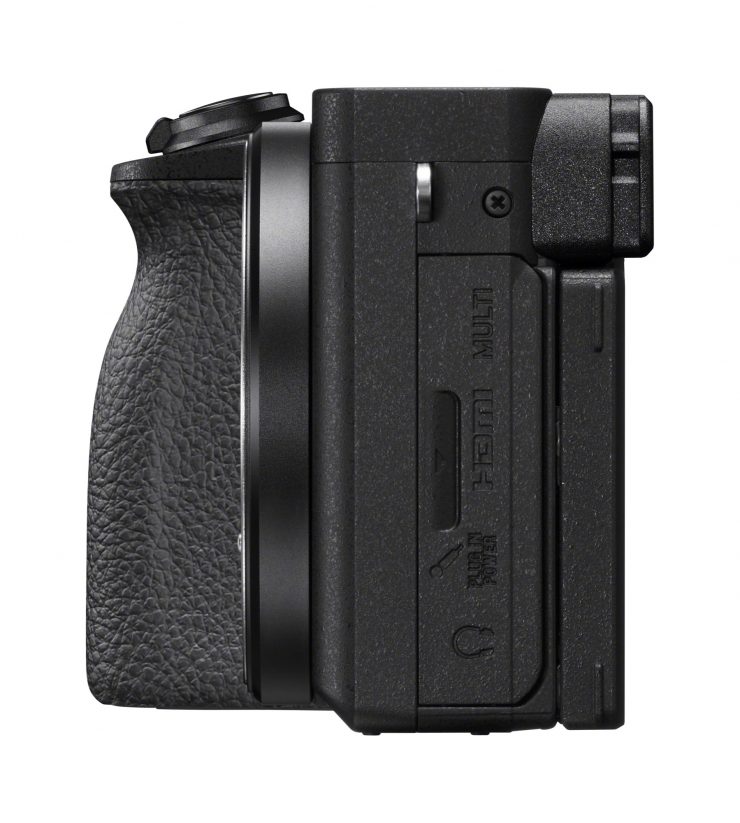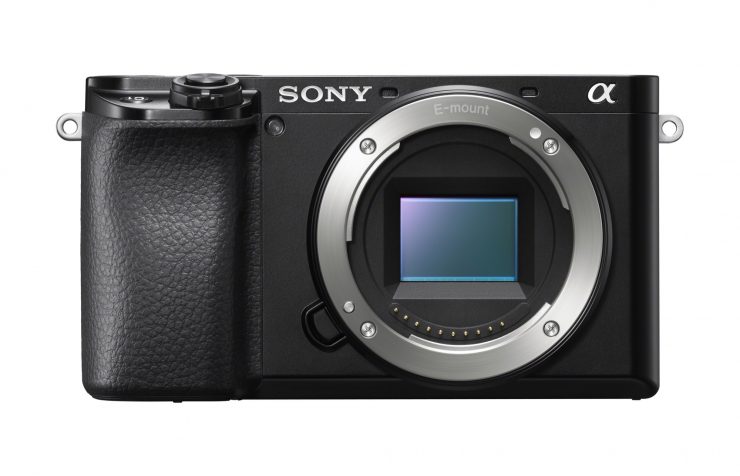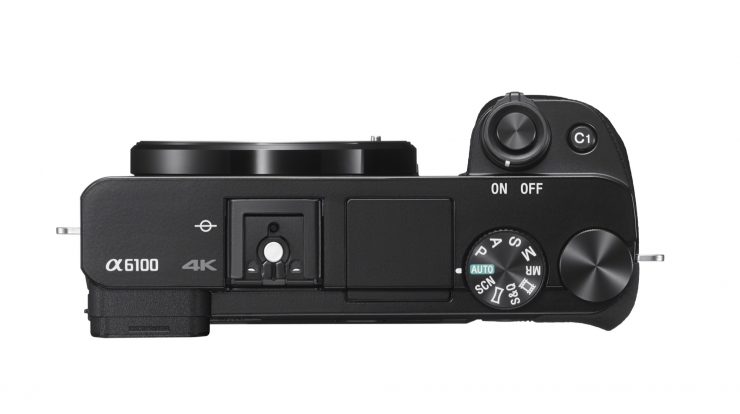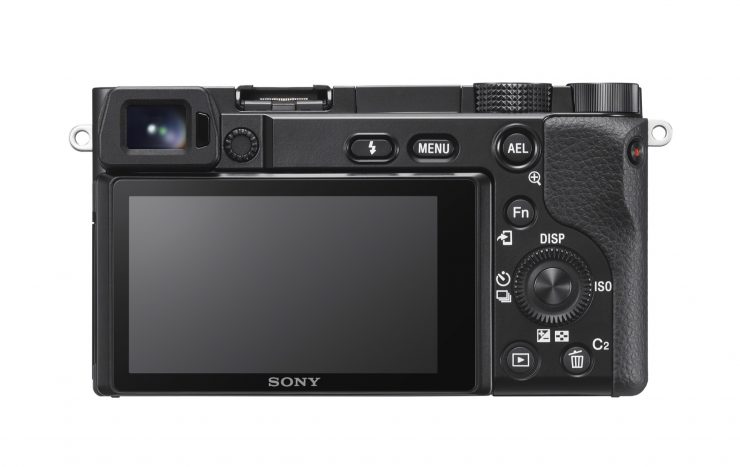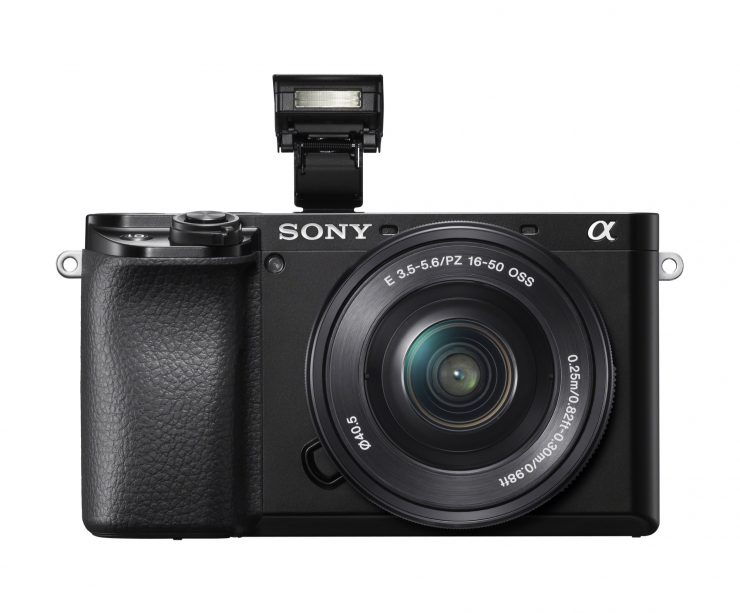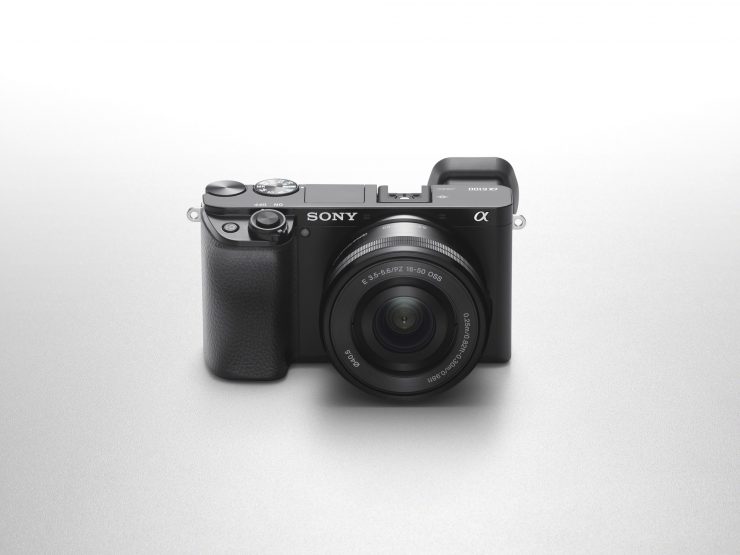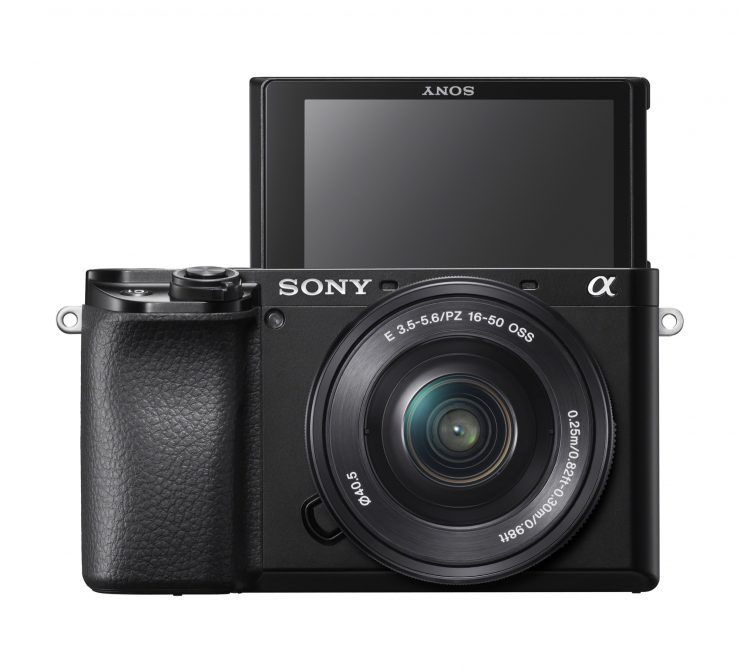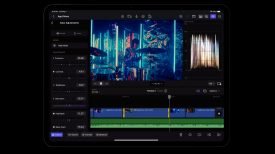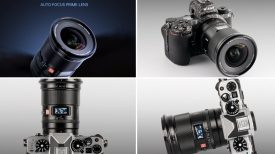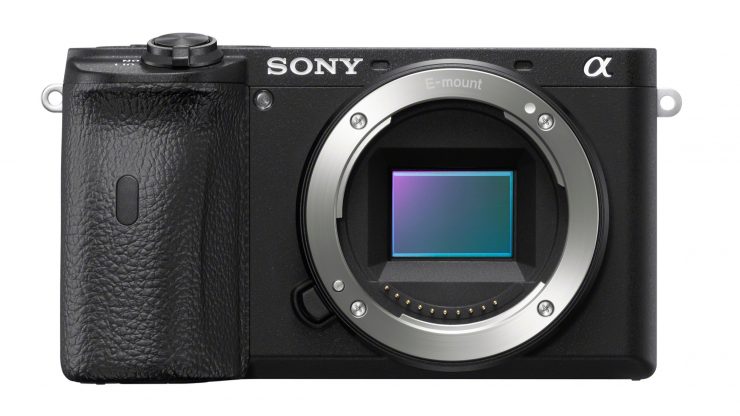
Today Sony announces two new APS-C camera bodies, expanding the APS-C mirrorless line to a whopping six bodies.
Sony APS-C Lineup
- a6000
- a6100
- a6400
- a6500
- a6600
- a5100
Both the Sony a6600 and Sony a6000 have 24.2-megapixel image sensors, 4K video capability, built-in timelapse intervalometers, flip screens, and microphone input. The a6100, unfortunately, lacks a headphone jack just like the a6000.
Of the two new cameras, the Alpha 6600 camera is the more advanced model, while the Alpha 6100 is targeted at users who are looking to produce high-quality photos and videos with an interchangeable lens camera. Both cameras have the same 24.2MP Exmor CMOS sensor with the latest BIONZ X Image Processor and a front-end LSI implemented in Sony’s full-frame cameras. Sony claims this trio combines to deliver all-around enhancements in image quality and performance across all areas of photo and video capture.
Autofocus
The Alpha 6600 and Alpha 6100 offer a very fast autofocus acquisition time of 0.02 seconds. With 425 focal-plane phase-detection autofocus (AF) points covering approximately 84 percent of the image area and 425 contrast-detection AF points, the high density and wide coverage of the AF system ensure reliable AF, even in the most challenging light conditions.
Both new models benefit from Sony’s ‘Real-time Tracking’ which utilizes Sony’s latest algorithm with Artificial Intelligence-based object recognition to ensure that subjects can be captured with improved accuracy, even via the touch panel on the rear screen.
In addition, the new models offer ‘Real-time Eye AF’, the latest version of Sony’s Eye AF technology. Real-time Eye AF employs AI-based object recognition to detect and process eye data in real-time, resulting in improved accuracy, speed and tracking performance of Eye AF for both humans and animals. The Alpha 6600 also offers Real-Time Eye AF in video. When activated, the eye of a subject is automatically tracked with high precision and reliability.
Both cameras can shoot 4K video, and include a microphone jack and flip screen that allows for easy framing and shooting of vlog-style content.
Key new features
- Improved color reproduction; algorithms inherited from full-frame models deliver natural color reproduction, particularly in skin tones
- Hi-resolution internal 4K movie recording with full-pixel readout without pixel binning in Super 35mm format with easy smartphone transfers via the Imaging Edge™ Mobile application
- Interval shooting for time-lapse videos
- 180-degree tiltable, 3.0-type 921k-dot (approx.) LCD touch screen
- Integrated Microphone input for clear and crisp audio on video recordings
4K Recording
The Alpha a6600 and Alpha a6100 both shoot internal 4K video in Super 35mm format with full pixel readout without pixel binning, to enable them to capture approximately 2.4x the amount of information required for 4K movies. This oversampling results in a much better image. Both cameras use the XAVC S format. The Alpha a6600 also offers HLG (Hybrid Log-Gamma) picture profile that supports an Instant HDR workflow. Recorded movies played back on an HDR (HLG) compatible TV. Both cameras also offer S-Log3 and S-Log2 Gamma profiles.
Pricing & Availability
The new Alpha 6600 will be available in November
• Camera body – $1,400 US / $1,900 CA
• Camera kit with Sony 18-135mm Lens – $1,800 US / $2,400 CA
The Alpha 6100 will be available in October
• Camera body – $750 US / $1,000 CA
• Camera kit with Sony 16-50mm Lens – $850 US / $1,100 CA
• Camera kit with Sony 16-50mm Lens and 55-210mm Lens – $1,100 US / $1,550 CA
Main Differences between the a6600 and a6100
As you can see the a6600 is almost twice as expensive as the a6100 due to more features added. The main difference of the A6600 over the A6100 and A6400 has a five-axis IBIS image stabilization. It also adds a headphone jack. The a6100 also has a lower-resolution EVF, with 1.44 million dots and no HDR video and Real-Time Eye AF for video.
Sony a6600 Gallery
Like the A6400, the A6600 has a 2.36 million-dot electronic viewfinder and a top ISO of 102,400. It also utilizes the much improved Z-series battery. as opposed to the low performing W-series battery. This alone is worth the upgrade.
Sony a6100 Gallery
The body of the a6600 is also more durable with its magnesium alloy top, front and rear covers, as well as a magnesium alloy internal frame, and resistance to dust and moisture. The grip is larger as well.
Both cameras offer Real-time Tracking AF, however, the a6100 doesn’t have Real-Time Eye AF tracking for video. That is a big downgrade for the a6100. It also doesn’t have HLG, S-Log3 and S-Log2 Picture Profiles like the a6400 and a6600. At 396g it’s slightly lighter than the a6400 (403g) and much lighter than the a6600 (503g). Clearly, the a6100 is the new a6000 and that’s a good thing as the a6000 was one of my favorite low priced portable interchangeable cameras. I recommended it frequently for the novice shooter. and owned one prior to getting a Fujifilm X-T3. If you have an a6000 now at $750 it’s a bargain to upgrade to.
My take on the a6600 is Sony wants to compete with the popular Fujifilm X-T3 APS-C camera. It has a few features we all wanted in the X-T3 namely IBIS. This is a big one as having in-body stabilization is really great especially since Fujifilm’s current lens lineup lacks IS on the key lenses you would want to use for video capture. Also, Sony is getting really good at AF in video. While the X-T3 is better than most it certainly has room for improvement.
Like what we do and want to support Newsshooter? Consider becoming a Patreon supporter and help us to continue being the best source of news and reviews for professional tools for the independent filmmaker.

